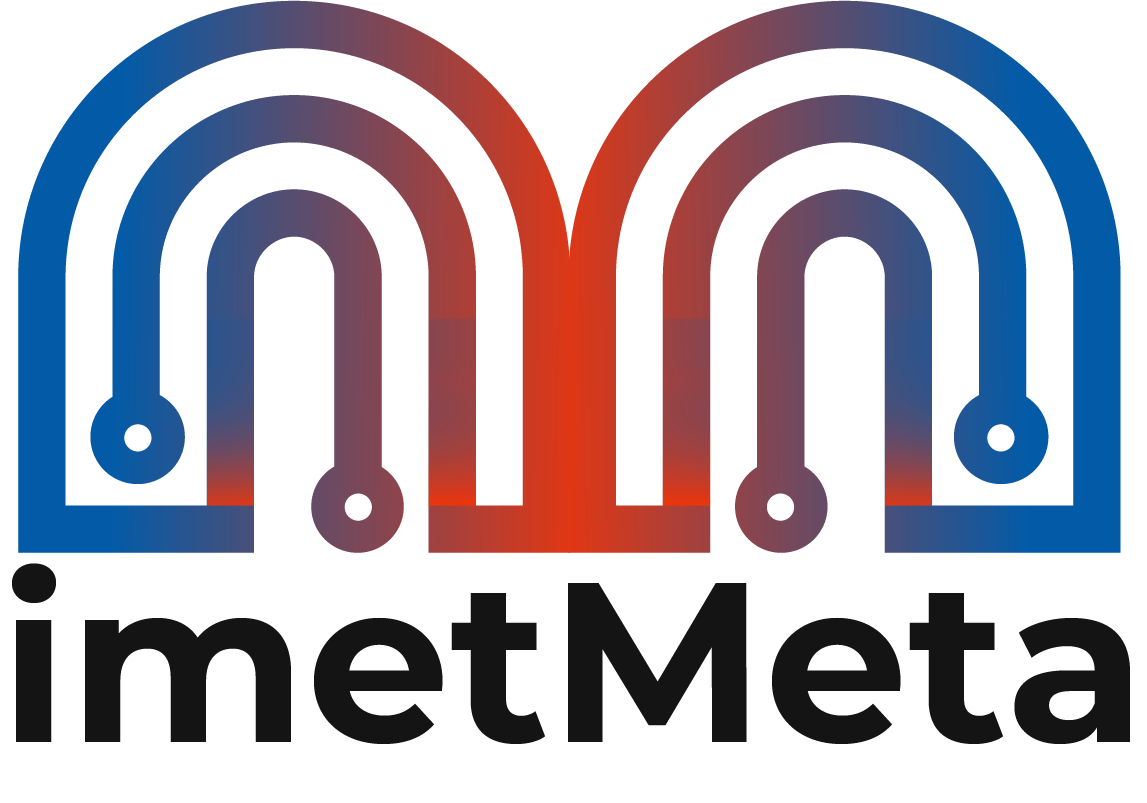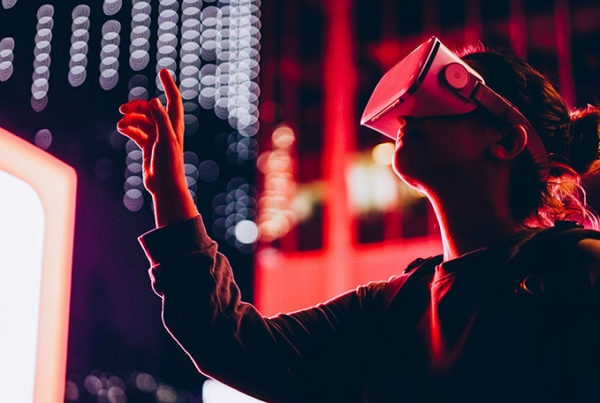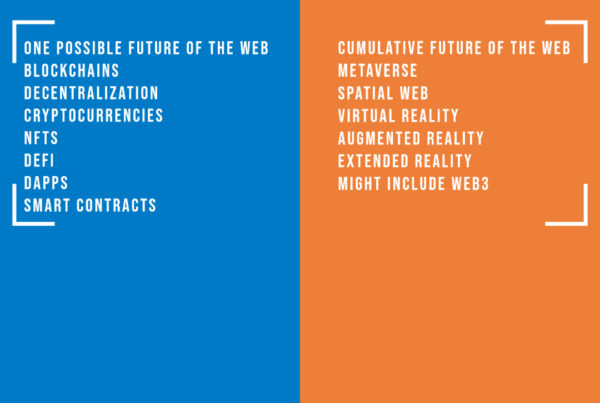We’ve touched briefly on the educational benefits the metaverse has to offer previously. Today’s contributing author has delved much more deeply into the subject and offers hands-on experience.
As technology improves and creates new immersive and imagined worlds, we must change the way we educate children and equip teachers to take advantage of these new growth opportunities.
Schools and universities were devastated when the pandemic began in 2020. Due to the uncertainty, they were forced to postpone in-person classes and eventually turned to online education. Students, teachers, and even parents became accustomed to the new teaching style. The use of computers or smartphones for classes is progressively replacing traditional classroom settings.
The education industry has undergone a drastic transformation, moving from online classes in 2020 to embracing the Metaverse in the not too distant future. Here are some examples of how education is going more digital.
Understanding Metaverse Education
In many aspects, using metaverse development services for educational purposes can be seen as an addition to the well-established concepts of virtual learning, or eLearning. Since the metaverse education platforms are made to give such chances, these notions center on delivering learning opportunities in a virtual environment.
Avatars, which are virtual representations of people that students can utilize to engage with one another, are typically used in metaverse education. A classroom setting can be created within a virtual learning environment by allowing educators to interact within these digital learning spaces using their own avatars.
The learning potential is significantly greater because it’s simple to modify the surrounding virtual environment to fit the lessons being taught.
Gamification of Learning
Some people may already be aware of the educational uses made of games like Roblox and Minecraft. The use of gaming aspects to increase student engagement and general enjoyment is known as the “gamification of learning,” and these kinds of virtual platforms are a component of it. In many ways, especially when utilized on a whiteboard, it makes sense to draw connections between the prevalence of video games and students’ familiarity with gaming.
Of course, not all virtual reality or metaverse platforms are geared toward gamification. Still, the importance of social interactions shouldn’t be undervalued, even though some of these platforms may still have gamification features, including the use of a controllable avatar for virtual environment exploration.
Learning in a setting that feels like a game benefits students because the familiarity lowers barriers that could otherwise induce social anxiety. Because of this, the metaverse is a tool that many students can use to their advantage both academically and socially.
Impact of the Metaverse In the Education Sector
The metaverse has already shown remarkable promise, especially in the gaming industry, despite high expectations. In some video games, players can interact freely with one another and even briefly take part in occasions like concerts and festivals through their avatars.
The metaverse, however, can also benefit industries other than entertainment. Education professionals are looking for ways to make remote learning more engaging and participative as the popularity of online learning increases.
Fostering Enjoyment in Learning
Classrooms can be designed by teachers to meet their specific educational needs. At the same time, fully customizable avatars help students apply theory while interacting with actual objects.
Additionally, allowing students to create true avatars of themselves rather than crude sketches gives the virtual classroom a more realistic feel and keeps students’ interest in the lesson being taught.
Improved Communication
Developing engagement and communication is challenging while learning online, which is surprising. Due to physical separation, both students and teachers may experience feelings of loneliness and isolation. To combat these views and encourage dialogue among members, academics might design spaces in the metaverse where in-depth discussions can occur.
Students can select study areas where they can converse, learn, and interact simultaneously. By viewing one other’s avatars, conveying information quickly, or engaging with the same objects, everyone may converse. These features encourage student-teacher interaction, which improves the educational process.
Immersive Learning Experience
The fundamental technologies that underpin the metaverse are virtual and augmented reality. Specialized headgear and/or spectacles allow users to fully immerse themselves in the virtual environment. Immersive education has a lot to offer online learners since it enables individuals to apply theoretical applications in immersive scenarios, effectively retain knowledge, and enhance engagement.
Students can engage in activities and simulations as if they were physically present with the aid of VR and AR. For instance, children can learn how a piece of equipment works or what a mathematical concept looks like in action by using 3D drawings.
Gamification Amplification
Gamified learning facilitates the learning process overall, improves problem-solving skills, provides real-time feedback, and makes learning more enjoyable.
But it will eventually permeate other areas of our existence as well.
Exploring its potential has gone more quickly and successfully in the gaming industry. The metaverse will dramatically increase e-learning by making virtual learning environments more realistic and learning itself more captivating and immersive.
The Future of Metaverse Education
It’s crucial for educators to appreciate that while metaverse education is still in its relative infancy, there are a lot of potential advantages that could eventually be realized when technology is adopted more broadly and investments are made.
How various businesses will develop their own metaverse platforms and how these various metaverses will be able to communicate with one another are still to be seen. Additionally, there are several sizable research gaps that we anticipate being filled in the future (as was the case in the Internet’s early days). When this is accomplished, it should give educators more assurance and better instructions on how to make the most of this technology.
Final Reflections
One of the most interesting advancements in virtual learning is metaverse education, and while there are still some study gaps, it is already obvious that the technology has the potential to have a big impact on both students and teachers. The metaverse offers educational opportunities that meet new students where they are and give them the chance to learn in a comfortable and engaging setting.
Additionally, these platforms give users a stronger sense of control over educational opportunities that meet the demands of the present age. It can be beneficial to be able to access lessons through an online platform since it allows students to learn from professors and subject matter experts who are not physically present in the same location as the classroom full of students.
We should expect to see global collaborations that enable kids to develop solutions for the future, and it’s probable that many schools will use the metaverse in the future to achieve better equity in their classrooms.









Recent Comments